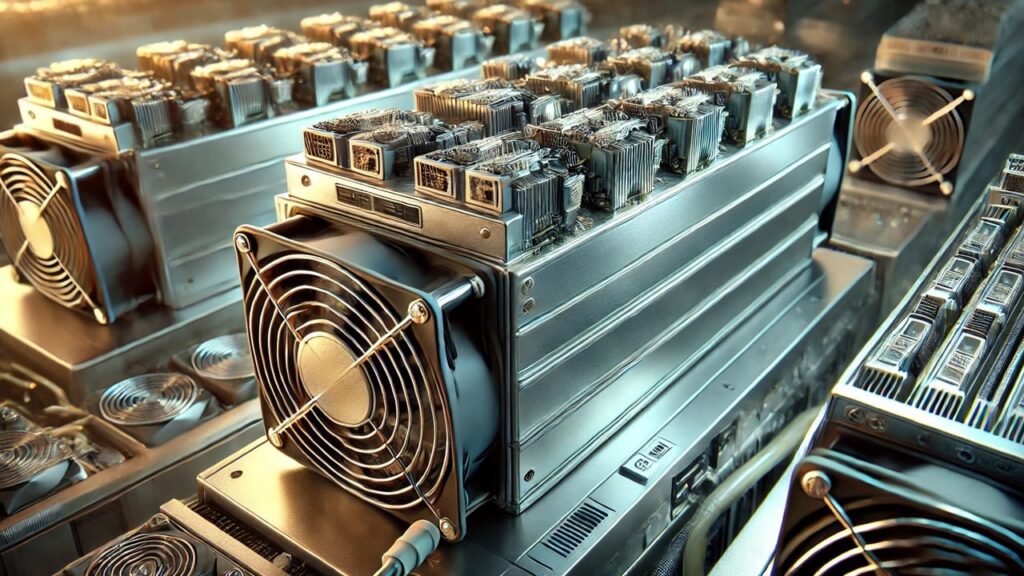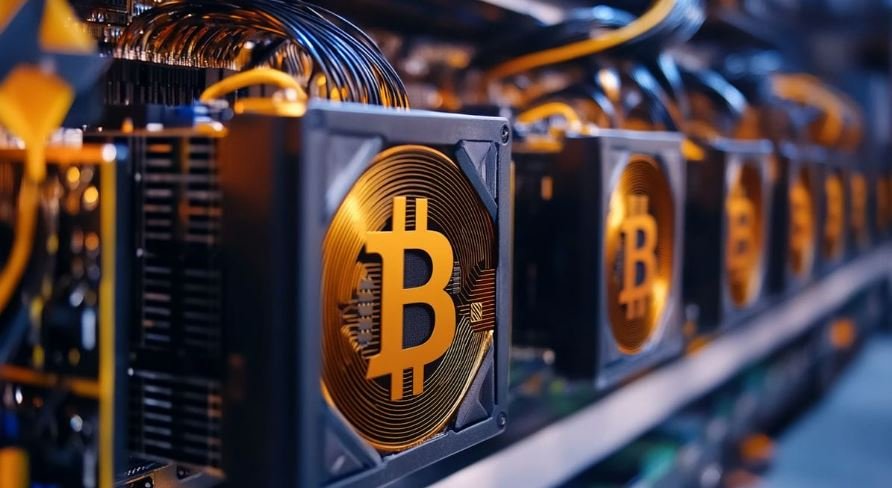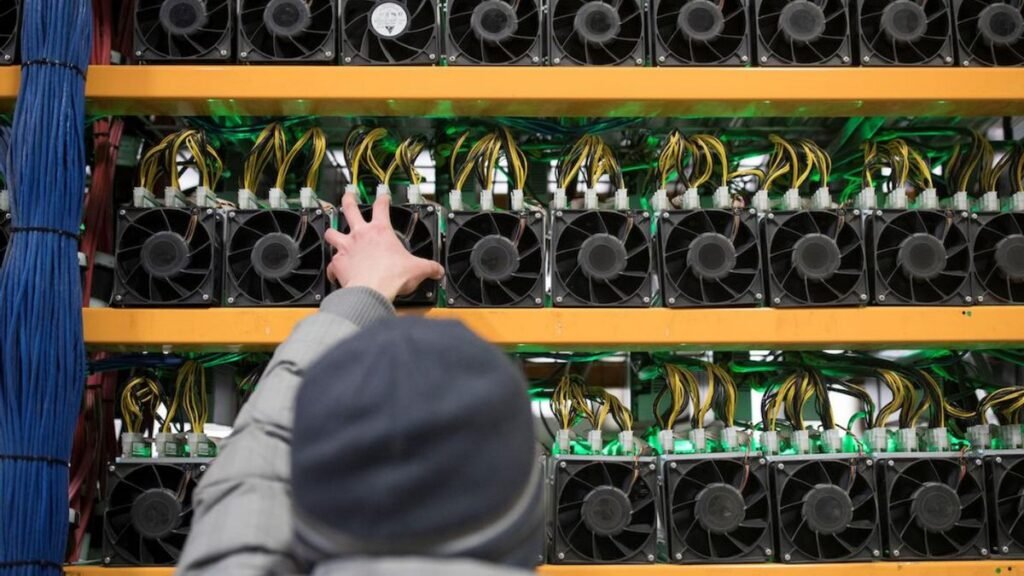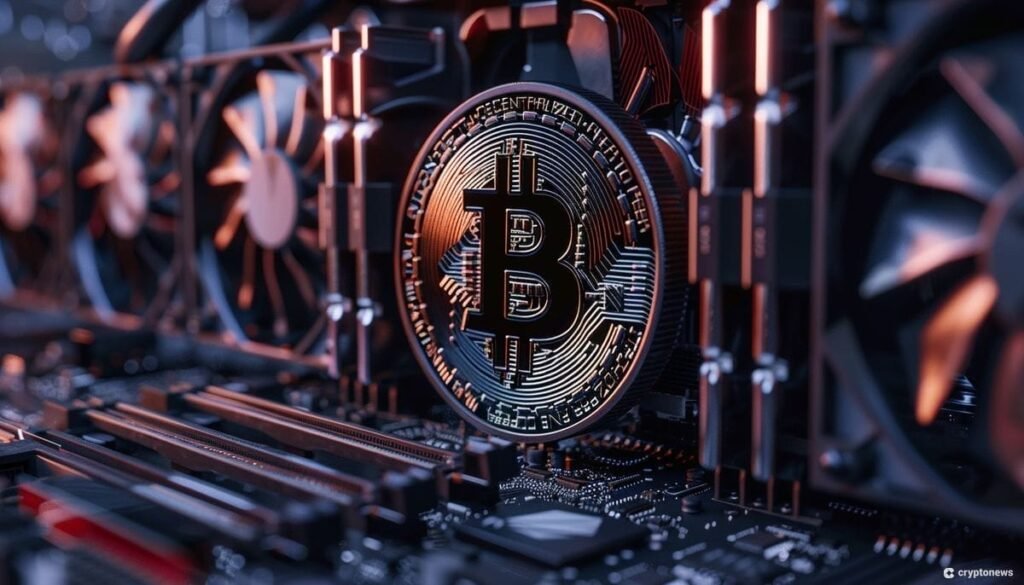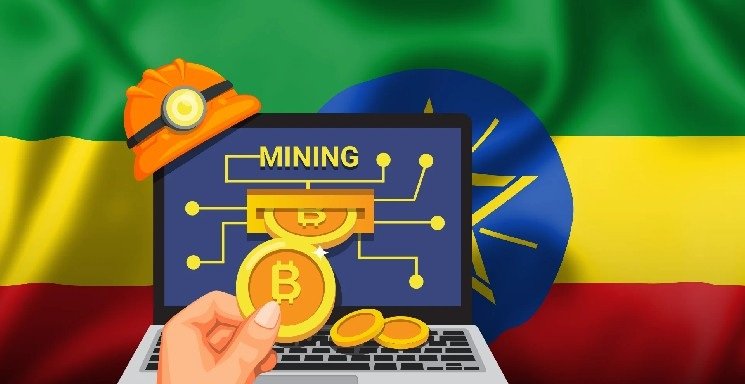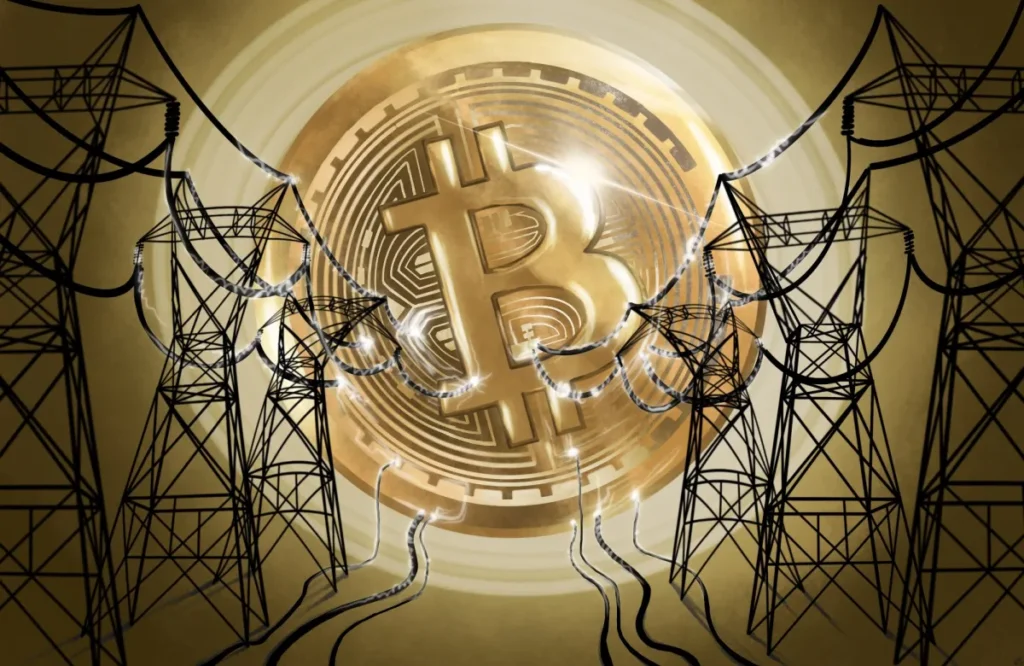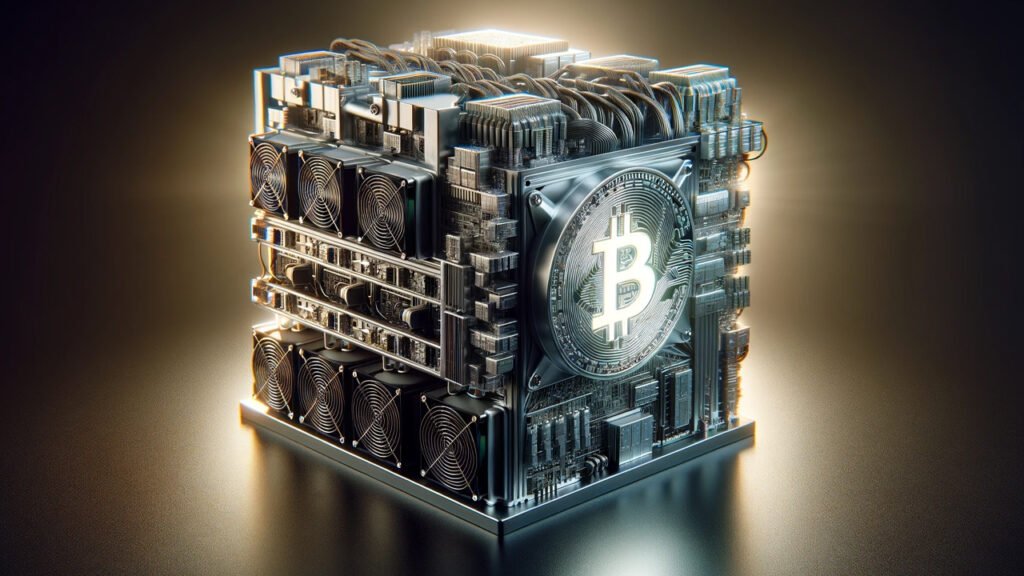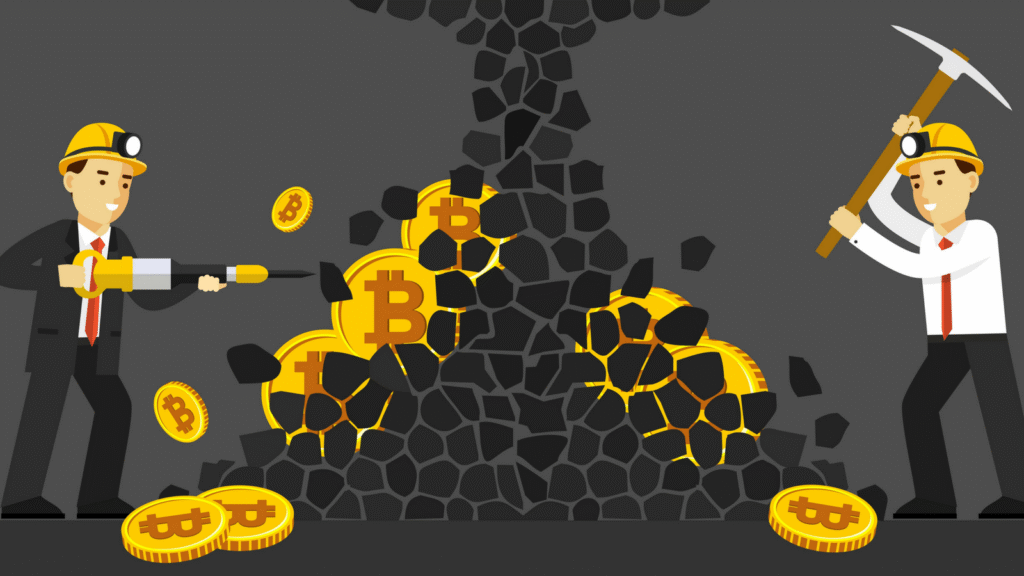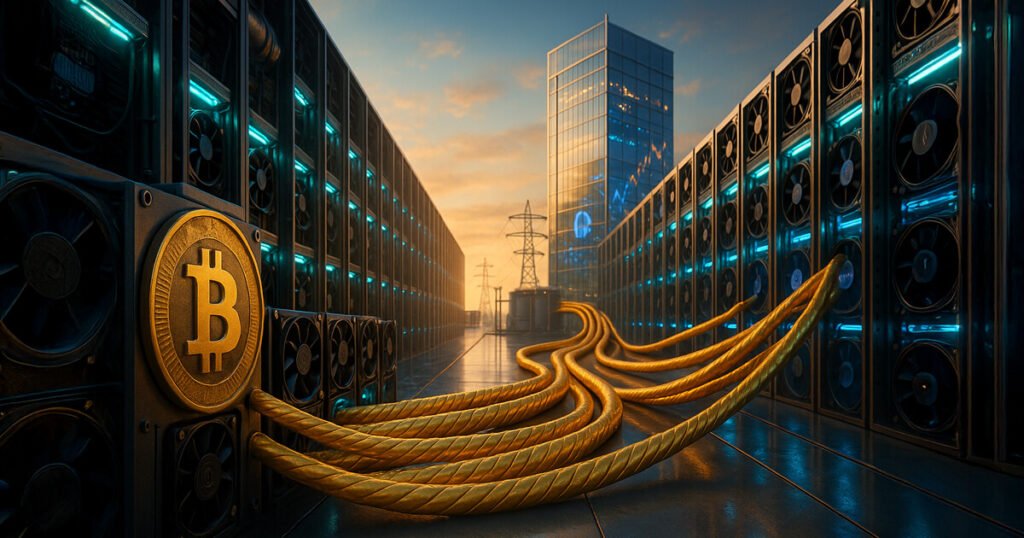Every miner’s journey has a built-in clock: depreciation. Over time, your ASIC hardware loses value—both in resale terms and in mining performance. But depreciation in mining isn’t just about age—it’s about efficiency, difficulty increases, energy costs, and market conditions. Knowing when to upgrade (or retire a miner) is a key skill for maximizing profitability. Let’s walk through how depreciation works, how to measure it, and when Bitmern clients should consider moving on.
What Is Depreciation in Mining?
Depreciation in conventional assets means the decline in value due to wear, use, or obsolescence. In mining, depreciation has multiple drivers:
- Technical obsolescence: Newer ASICs are released with better efficiency (W/TH), making older hardware less competitive.
- Performance drop-off: Over time, chips, boards, fans degrade, reducing effective hashrate or increasing power consumption.
- Difficulty increases & network growth: As global hash rate rises and difficulty ratchets upward, older miners must work harder (and often at lower margins) to deliver the same reward.
- Resale value decline: The market for used miners shrinks as demand shifts to newer, more efficient models.
- Energy cost pressures: If electricity prices rise, marginal hardware (less efficient ones) becomes uneconomical sooner.
Because of these factors, ASICs in mining often depreciate faster than other industrial machines.
How to Measure Decay & Depreciation
To decide when to upgrade, you should track a few metrics:
| Metric | What to Watch | Why It Matters |
|---|---|---|
| Hashrate decline / underperformance | If your miner’s actual hashrate drifts below expected spec | Indicates wear, component degradation, thermal stress |
| Increase in power per TH | If watts/TH is creeping upward | Lower efficiency directly eats profits |
| Margin compression | Compare revenue minus electricity and fee costs over time | When margins shrink close to zero, the miner is losing competitiveness |
| Resale vs replacement cost | What you could sell vs what new models cost | If resale value is near zero, replacement becomes more justifiable |
| Break-even time for upgrades | Estimate how much more BTC the new model needs to mine vs cost difference | Helps decide when an upgrade’s cost is justified |
Monitoring these factors helps you avoid holding machines past their profitable window.
When It’s Time to Upgrade or Retire
Here are typical trigger points when upgrading (or retiring) a miner makes sense:
- Efficiency threshold crossed: If a miner’s watts per TH has increased to the point where revenue can’t offset electricity + maintenance.
- Older ASIC can’t keep up with difficulty jumps: When each adjustment makes the older unit less viable.
- Major new generation ASIC releases: If a next-gen miner offers significantly better efficiency and ROI, selling older stock earlier can free capital.
- High repair & maintenance costs: If component failures, repairs, or downtime costs escalate, it might be cheaper to replace.
- Resale window closing: If the used miner market is drying up and resale value is collapsing, it may be better to liquidate earlier.
How Bitmern’s Model Softens Depreciation Risk
For clients hosted with Bitmern, depreciation pressures are lower, thanks to:
- Hosting in low cost energy zones (Ethiopia, U.S.) so even a gradual drop in efficiency stays within margins.
- High uptime & preventive maintenance: Keeping miners in optimal condition helps slow performance degradation.
- Upgraded hardware paths: Bitmern’s access to new models means clients can migrate when new ASICs provide compelling efficiency gains.
- Transparent performance metrics: Clients can see exactly how their miner is aging and plan transitions proactively.
In effect, Bitmern helps extend the profitable life of your miner and gives you clear data on when an upgrade is justified.
Example Scenario
Suppose you operate a Bitmain S21 Pro:
- Year 1: 234 TH/s at 23 J/TH
- Over two years, due to gradual wear and competition, effective performance falls to 225 TH/s at 24 J/TH
- Meanwhile, newer ASICs launch with 260 TH/s at 20 J/TH
- Your margins shrink. Electricity cost pressure, difficulty growth, and maintenance lead you toward replacement.
If the extra BTC the new miner can mine (versus operating cost) pays back within your acceptable timeframe (say 12–18 months), upgrading is rational.
Conclusion
Miner depreciation in Bitcoin mining is inevitable—but manageable. The smarter your monitoring, efficiency awareness, and upgrade timing, the better your returns over the machine’s lifecycle. With Bitmern’s infrastructure, low-cost energy, proactive maintenance, and upgrade paths, you can delay depreciation’s bite—and choose your moment to replace.

